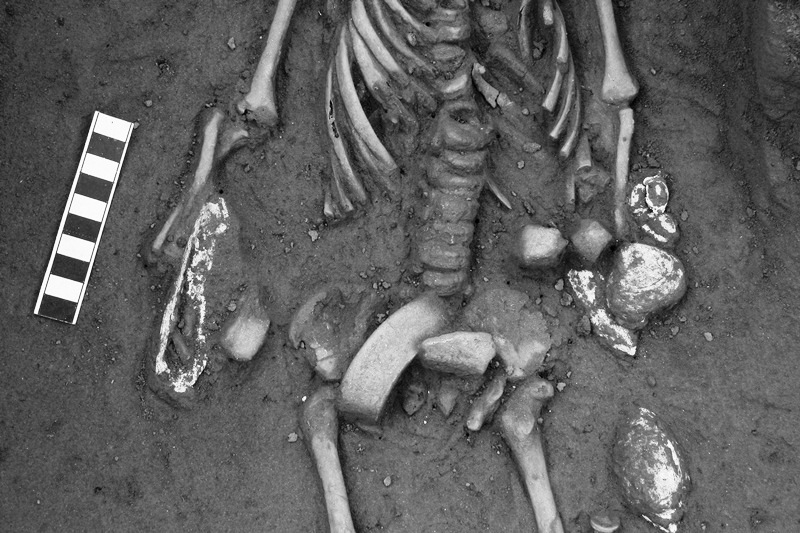BIOLOGICAL ANTHROPOLOGY IN THE INDO-PACIFIC REGION: NEW APPROACHES TO AGE-OLD QUESTIONS
DOI:
https://doi.org/10.7152/jipa.v41i0.15021Abstract
Biological anthropological research, the study of both modern and past humans, is a burgeoning field in the Indo-Pacific region. It is becoming increasingly apparent that the unique environments of the Indo-Pacific have resulted in an archaeological record that does not necessarily align with those in the northern hemisphere. New, regionally-specific archaeological models are being developed, and biological anthropological research has an important role to play in establishing past human experience within these models. In the Indo-Pacific, research using ancient and modern human tissues is adding insight into global processes of prehistoric settlement and migrations, subsistence change and human biosocial adaptation. This review synthesises current themes in biological anthropology in this region. It highlights the diverse methods and approaches used by biological anthropologists to address globally-relevant archaeological questions. In recent decades a collaborative approach between archaeologists, biological anthropologists and local communities has become the norm in the region. The many positive outcomes of this multi-disciplinary approach are highlighted here through the use of regionally-specific case studies. This review ultimately aims to stimulate further collaborations between archaeologists, biological anthropologists and the communities in the region, and demonstrate how the evidence from Indo-Pacific research may be relevant to global archaeological models.

